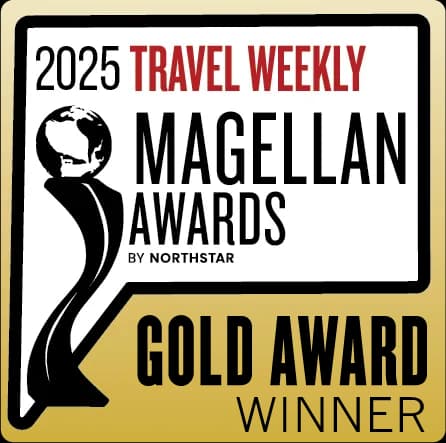Car Rental in Dublin
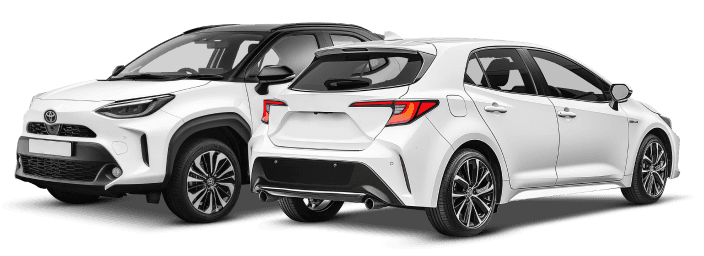
Cheapest car rental rates
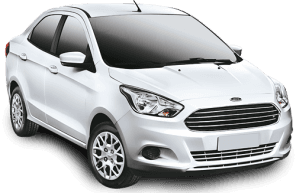







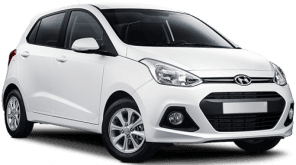



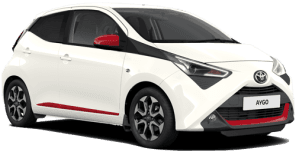



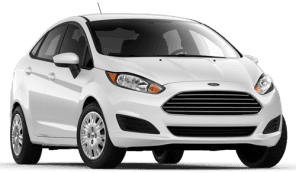











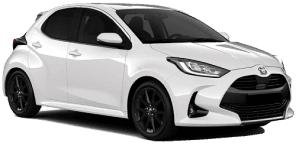











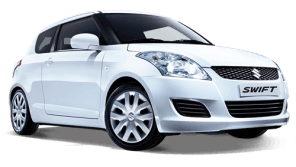

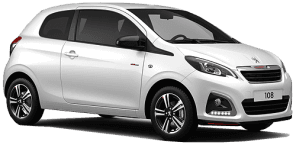





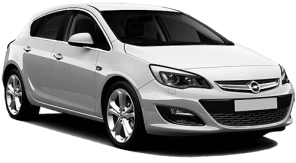





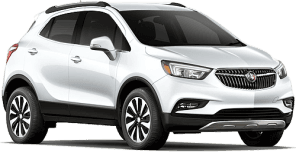

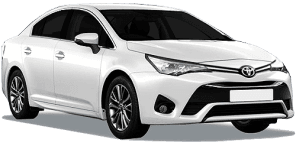

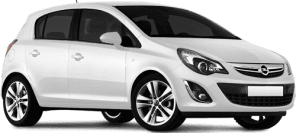

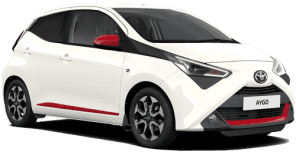

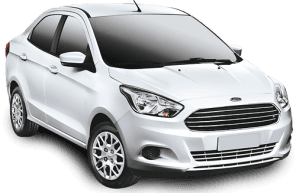





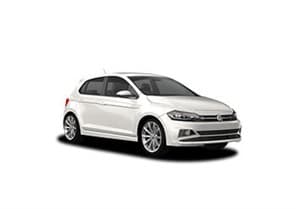



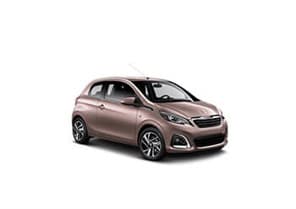



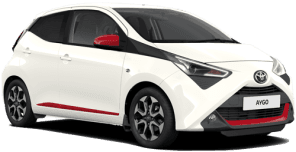



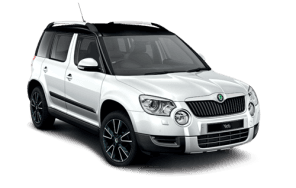









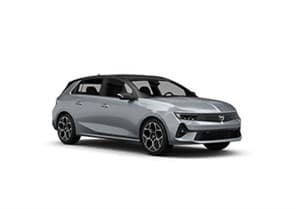





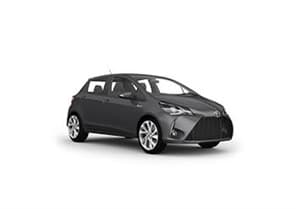

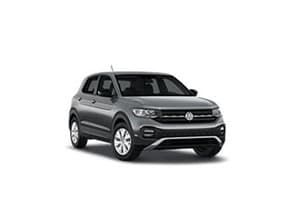

Why book with us?




- Cheapest car rental rates
- Why book with us?
- Travel information
- Why rent a car in Dublin?
- One-way car rentals in Dublin
- Top ways to enter Dublin
- City facts
- Top sights and activities
- Traffic and parking
- Toll roads
- Ideas for day trips
- Most popular cars
- Further destinations
- Car rental prices in Dublin
- Money-saving and other tips
- Top 18 cities near Dublin
- Top 6 locations near Dublin
- Map of top car rental locations
- When to book in Dublin and for how long?
- Car rental information
- Most popular car models of rental suppliers
- Here's what travelers say about renting a car in Dublin
- Car rental statistics
- Top 14 suppliers in Dublin in 2025
- Award-winning service
Travel information
Why rent a car in Dublin?
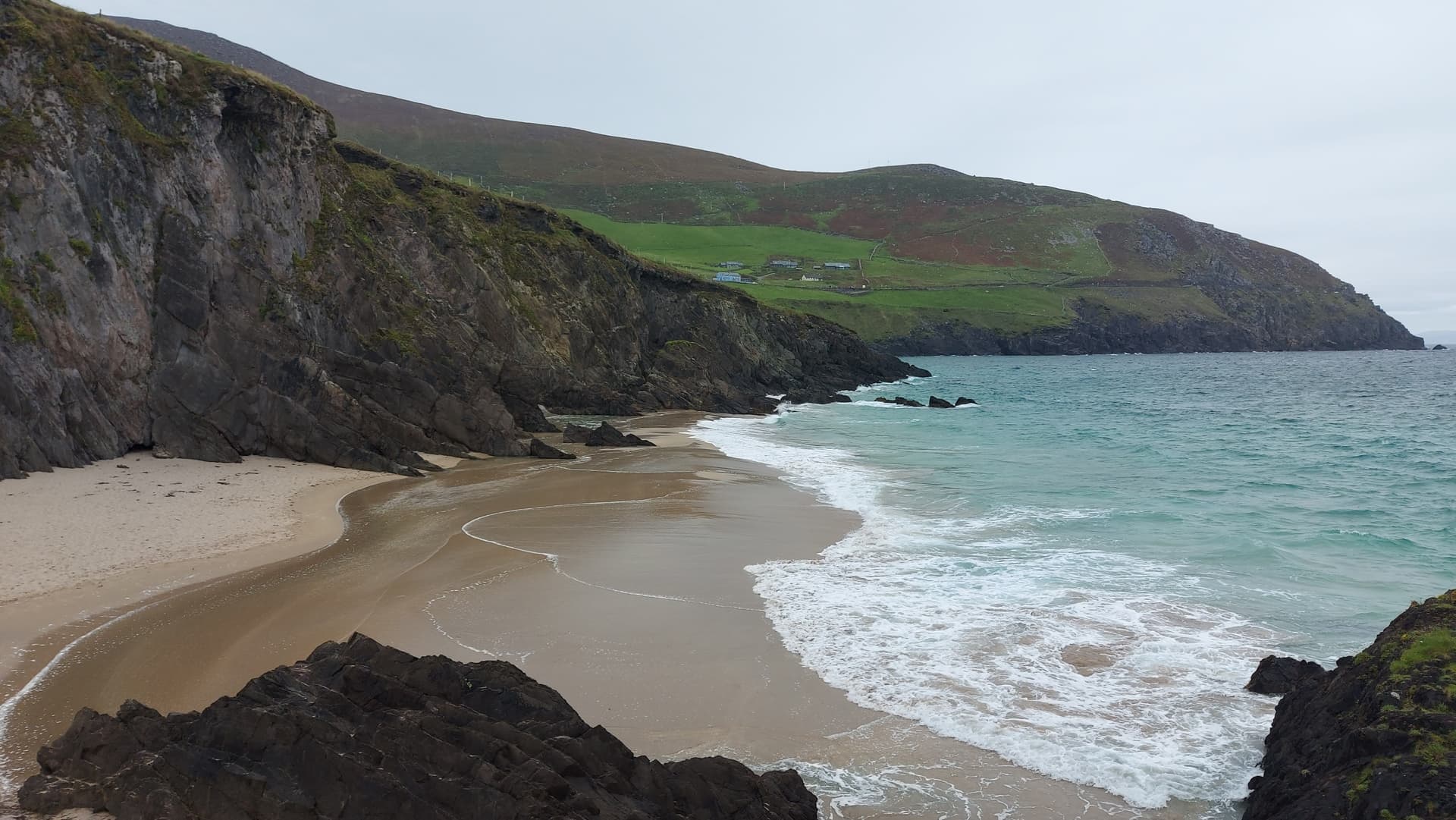
Dublin is a great city to explore by car. Large and diverse, yet cozy at the same time, it offers everything from traditional Irish culture to many attractions that characterize a modern metropolis. The distances in Ireland are small and the roads are in good shape, so the capital city also serves as a great base for the exploration of the rest of the country.
One-way car rentals in Dublin
The most popular one-way rental options for pick up in Dublin and drop off in another city include:
- From Dublin to Cork - 106 offers from NOK 277.36 per day
- From Dublin to Shannon - 108 offers from NOK 284.77 per day
- From Dublin to Knock - 57 offers from NOK 292.19 per day
- From Dublin to Belfast - 97 offers from NOK 434.10 per day
- From Dublin to Kerry - 37 offers from NOK 292.19 per day
Top ways to enter Dublin
- Dublin Airport. By far the largest airport in Ireland and one of the fastest-growing in Europe, Dublin Airport serves more than 30 million travelers every year. The airport is located north of the city center.
- Knock Airport. Located in County Mayo and also known as Ireland West Airport, the small Knock Airport is only served by four airlines. However, it offers a number of flights to the United Kingdom, Spain, Portugal, Germany, and Italy. The airport is about a two and a half hours drive northwest of Dublin.
- Cork Airport. Serving Ireland’s second city, Cork Airport is also the second-busiest in the country. It serves not only Cork, but the rest of Southern Ireland and is about three hours drive from Dublin.
- Belfast International Airport. Although located in neighboring Northern Ireland and therefore a part of the United Kingdom, Belfast Airport is just a two hours drive north along the coast. This airport serves more than six million travelers every year.
- Belfast City Airport. Another smaller airport serving the capital of Northern Ireland, Belfast City George Best Airport (named so after the famous football player) is served by five different airlines.
- Shannon Airport in County Clare is a popular point of entry for travelers exploring the West Coast of Ireland. It's the third busiest airport in the Republic of Ireland. It's two and a half hours drive (139 miles) from Dublin
City facts
Dublin has a maritime climate with cool summers and mild winters. The average daily temperature in July, the warmest month, is around 16 °C (60 °F), while the average temperature in January and February is 5 °C (40 °F). The sunniest months of the year in Dublin are May, June, and July.
It’s important to note that Dublin has an annual rainfall of 19.42". So be sure to pack your rain gear as it’s highly likely you’ll encounter at least a drizzle.
Although only 555,000 people live within the city proper, more than 1.9 million people call the Greater Dublin region their home, meaning that nearly every second inhabitant of the Republic of Ireland lives in or around its capital city.
Top sights and activities
- Phoenix Park. One of the largest urban parks in Europe and home to the Dublin Zoo, Phoenix Park is a great place for a day outdoors. A herd of wild fallow deer inhabit the park. If you’re not lucky enough to see any, you might catch a glimpse of the U.S. ambassador or the president of Ireland, both of whom have their residences inside the park.
- Dublinia & The Viking World Museum. A heritage center, Dublinia is dedicated to the times when Scandinavian Vikings ruled Ireland. There are many interesting artifacts to observe, such as old weapons and national costumes, but the number one attraction of the place are the scenes of the Viking times reenacted by actors. You can even join one if you would like!
- The National Museum of Ireland - Archaeology. The history of the human habitation of Ireland is older than the Vikings and the Celts. In this unique museum, you can learn about the hunter-gatherer tribes who settled the island just after the last Ice Age, see the golden collars and ritual objects of the Bronze Age, and learn about the very first Irish kings who ruled more than 2000 years ago. And yes, there are exhibitions about Vikings, too.
- Christ Church Cathedral. Located in the western part of the city, the Christ Church Cathedral is, according to some sources, the oldest surviving building in Dublin. Built by the Viking king Sigtryg Silkbeard who ruled the area at the time, it was significantly renovated a number of times before achieving its present Gothic/Romanesque look. Of all the churches in Dublin, this one is perhaps the most impressive and certainly the most historic.
- Trinity College. Trinity College is located in the center of Dublin and is Ireland’s oldest University and most well known. Its alumni include some of Ireland’s most esteemed authors and poets. The lawns and cobbled quads are a pleasant escape from the mad rush of the city. Travelers love to take a photo in front of the famous Trinity Bell and see the famous Book of Kells, a ninth-century gospel manuscript.
- Guinness Storehouse. One of the most popular things to do in Dublin is to have a pint of Guinness at the Gravity Bar with 360-degree views. You won’t find a tastier Guinness than here at its original location. The museum here gives a fascinating insight into the history of Ireland’s favorite drink, how it is made, and the influence it has over the world.
- The Temple Bar District. This popular cobblestone tourist district thrives both day and night with pubs, live music, street performers, restaurants, markets, exhibitions, theaters and more. It’s a great place to see traditional Irish music and dancing.
- James Joyce Center. The Dublin Writers Museum has sadly remained closed since the Covid-19 pandemic, but lovers of literature will be relieved to find out that at least the James Joyce Center is alive and well. Dedicated to one of the city’s most famous sons who immortalized Dublin’s atmosphere and the lives of the city’s inhabitants in many of his works, it features a small and interesting permanent collection while also frequently hosting various cultural and literary events.
- Famine Memorial. While not the most cheerful landmark, the Famine Memorial explains one of the most important pages in Irish history, because it is dedicated to the Great Famine of the 19th century that saw the island’s population reduced in half due to starvation and immigration. The centrally located memorial is made up of six figures dressed in rags and has a sister memorial in Toronto, Canada, which is dedicated to the connected Irish flight to North America.
Traffic and parking
- Driving takes place on the left side of the road in the Republic of Ireland.
- Unless specifically indicated otherwise, the speed limits are 120 km/h (75 mph) for motorways, 100 km/h (62 mph) for national roads without motorway status, 80 km/h (50 mph) for local and regional roads, and 50 km/h (31 mph) for urban zones and built-up areas. Unlike in the neighboring Northern Ireland and the rest of the United Kingdom, the speed limits are indicated in kilometers, not miles, per hour.
- Finding a parking spot in downtown Dublin can be quite difficult. Short-term paid parking is available, but be careful not to keep your car parked longer than allowed - your vehicle can be “clamped” by the companies in charge of the parking areas and “unclamping” it can be quite expensive. A better idea, perhaps, is to park for a longer term at one of the multi-level car parks.
- On the other hand, there are plenty of available parking spaces outside the center of Dublin. Dublin is not too large, so parking near downtown and walking the rest of the way can be a good idea.
- Most road signs are displayed in both English and Irish. However, in some Gaeltacht (Irish-speaking) areas, the road signs are only in Irish. This is important to keep in mind because some Irish city names are different from their English names - for example, the Irish name of Dublin is Baile Atha Cliath.
- The legal alcohol limit is 0.05% for experienced drivers and 0.02% for novice drivers. Exceeding the limit can lead to large fines, an EU-wide licence ban, or imprisonment.
- The proof of insurance and car registration needs to be in the car whenever you’re driving.
- If you’re the driver, you need to have your passport or ID card with you at all times.
- The emergency number, like elsewhere in the EU, is 112.
Toll roads
There are 11 toll roads in the Republic of Ireland. There are also two toll tunnels and two toll bridges. Some of the toll roads are near Dublin.
The payment for using any of the toll roads, bridges, or tunnels can be made with cash at the toll gate. The toll fees for some roads are payable with a credit card. Some rental cars are also equipped with an electronic toll tag that will make the toll payment automatically. Some car rental providers might charge an additional fee for this service. Ask your car rental provider about it in advance.
For driving on the M50 road that is close to Dublin, you can only pay online. Your vehicle’s registration plate will be photographed when passing through the toll gate. The toll must be paid by 20:00 the following day.
For more information about the toll roads in the Republic of Ireland and for the toll road map, visit the Republic of Ireland’s official toll road website.
Ideas for day trips
- Dublin Falconry. Home to hawks, owls, falcons, and buzzards, Dublin Falconry is a conservation project for birds of prey native to the island. You have to book your visit in advance, but the experience is well worth the effort. The falconry is located in Luttrellstown, a small settlement that’s just 14 km (9 mi) from Dublin.
- Howth. A small coastal town just northeast of Dublin, Howth is a great place for observing ships and fishermen, as well as for sampling the local seafood in one of its many restaurants. If you’re up for something more active, go on a walk along its impressive cliffs, climb the 171m high hill on Howth Head, or drive to the nearby mountains that can be seen from almost anywhere in town.
- Ireland's Eye. Located near Howth where you can park your rental car, Ireland’s Eye is an uninhabited island that can be reached by tour boat. It is home to many unique bird species, including cormorants and a small number of puffins. If you’re lucky, you’ll also get to spot one of the grey seals that often come to rest on the coast. If you ever grow tired of the high tempo of Dublin, this island truly is the best place to unwind.
- Swords. A northern suburb of Dublin, Swords is also a historic town with plenty to explore. Landmarks include the 13th-century Swords Castle; St. Colmcille’s Well that, according to legend, gave the town its name (‘sord’, which means ‘clear’ in Irish, is said to have referred to the waters of the well); and St. Columba’s Church. Swords is also home to two large parks, the Ward River Valley, and Newbridge Demesne. The trip from central Dublin takes only about 20 minutes.
- Guinness Lake (Lake Lough Tay). Only an hour south of Dublin is a scenic drive that takes you through the Wicklow mountains to an impressive lake set in the valleys, that looks like a pint of Guinness. You can walk around the area to see various waterfalls, large boglands with sheep and streams, forests and historical places such as Glendalough. While you have the car, drive up to Johnny Fox’s Pub for a drink at “Ireland’s highest pub.”
- Bray. A coastal resort town and a southern suburb of Dublin, Bray is one of the nicest short trips from the Irish capital. Best known for its scenic harbor and promenade (known locally as Esplanade), it also boasts such attractions as the Sea Life Aquarium, the walled garden of Festina Lente, and several heritage buildings. The drive from the center of Dublin takes anywhere between 40 minutes and one hour.
Most popular cars
The most popular rental car in Dublin is the Ford Ka, although travelers also like the VW Up and the Renault Clio. The most popular rental car types are mini, economy, and compact.
Further destinations
For more about traveling around Ireland with a rental car, check out our complete guide.
- Cork. The second-largest city of Ireland is a cozy place that can feel more authentic than Dublin. Known for its impressive fort and many churches, as well as for keeping many Irish traditions alive, it also serves as a great base for exploring the rest of Southern Ireland. Cork is about a three-hour drive south of Dublin.
- Galway. As famous for its history and culture as it is for its friendly locals and fun nightlife, Galway leaves no one disappointed. Galway is a great base to explore some of Ireland’s top attractions including the Cliffs of Moher, Kylemore Abbey, and the Aran Islands. The city is about a two-and-a-half hours drive from Dublin with 210 km (130 mi) to cover.
- Belfast. Located in neighboring Northern Ireland, Belfast is quickly regaining its good name and becoming one of the most interesting cities in Europe. There’s plenty of history, culture, and cuisine to enjoy there, and it is just a two hours drive north of Dublin. Do keep in mind, though, that you’ll be crossing a national border between the Republic of Ireland and the United Kingdom (of which Northern Ireland is a part), so make sure in advance that your rental car provider permits it.
- Wicklow Mountains. A number of low, but very scenic mountains and a national park, Wicklow is the largest nature refuge near the capital. Inhabited since the Stone Age, the area is home to a number of ancient sites, the highlight of which is the 1,500-year-old Monastery of Glendalough. The national park, meanwhile, has a long network of hiking trails that take you over hills, along valleys, and past waterfalls and lakes. The mountains are about an hour’s drive south of Dublin.
Car rental prices in Dublin
- SUVs - from NOK 133 per day
- Station wagons - from NOK 199 per day
- Large cars - from NOK 118 per day
- Premium cars - from NOK 572 per day
- Small cars - from NOK 97 per day
- Medium cars - from NOK 105 per day
- Vans - from NOK 207 per day
Money-saving and other tips
There are a number of things you can do to get a good rental car deal in Dublin. Start with:
- Compare the rates of different rental car providers
- Book your rental car well in advance
- Plan your route before you go
- Know your fuel and mileage requirements
- Visit during the month when the rental prices are the cheapest. According to our data, visiting Dublin is the cheapest in February when renting a car is about 57% cheaper than the yearly average and a whole 72% cheaper than renting a car in August.
Learn more about our Editorial Policy.
Top 18 cities near Dublin
- Naasfrom NOK 200.02 per day35.7 km / 22.18 miles away
- Mullingar71.7 km / 44.55 miles away
- Cavanfrom NOK 203.17 per day94 km / 58.41 miles away
- Kilkennyfrom NOK 210.85 per day109 km / 67.73 miles away
- Athlonefrom NOK 200.02 per day112.5 km / 69.9 miles away
- Wexfordfrom NOK 173.46 per day121 km / 75.19 miles away
- Waterfordfrom NOK 173.46 per day146.5 km / 91.03 miles away
- Sligofrom NOK 210.39 per day171.1 km / 106.32 miles away
- Knockfrom NOK 122.09 per day176.5 km / 109.67 miles away
- Limerickfrom NOK 165.19 per day178.5 km / 110.91 miles away
- Galwayfrom NOK 200.02 per day184.7 km / 114.77 miles away
- Shannonfrom NOK 96.46 per day194.6 km / 120.92 miles away
- Letterkennyfrom NOK 200.02 per day195 km / 121.17 miles away
- Donegalfrom NOK 273.06 per day225.1 km / 139.87 miles away
- Corkfrom NOK 96.46 per day230.9 km / 143.47 miles away
- Kerryfrom NOK 96.46 per day258.6 km / 160.69 miles away
- Traleefrom NOK 282.73 per day263.3 km / 163.61 miles away
- Killarneyfrom NOK 139.44 per day266.1 km / 165.35 miles away
Top 6 locations near Dublin
- Knock Airportfrom NOK 122.09 per day176.5 km / 109.67 miles away
- Shannon Airportfrom NOK 96.46 per day194.6 km / 120.92 miles away
- Donegal Airportfrom NOK 273.06 per day225.1 km / 139.87 miles away
- Cork Airportfrom NOK 96.46 per day230.9 km / 143.47 miles away
- Kerry Airportfrom NOK 96.46 per day258.6 km / 160.69 miles away
Map of top car rental locations
When to book in Dublin and for how long?
What is the cheapest month to rent a car in Dublin?
Car rental prices in Dublin vary by time of year. This graph shows the average prices per month to help you find the best time of year to rent.
Saver's insights
| Cheapest monthNovember | Most expensive month August | ||
| Average price NOK 200 | A good deal NOK 130 | Cheapest supplier Car Hire | Cheapest car type Small cars |
NOK 221
in January
NOK 219
in February
NOK 283
in March
NOK 435
in April
NOK 469
in May
NOK 419
in June
NOK 591
in July
NOK 682
in August
NOK 400
in September
NOK 269
in October
NOK 209
in November
NOK 373
in December
The cheapest month to rent a car in Dublin is November (when prices average NOK 208.76 per day). This is -5% cheaper than the yearly average and 69% cheaper than renting in August (when prices average NOK 682.19).
This information can help you identify the low season. But these are only average numbers. How much your car rental will cost will depend on the type of vehicle you rent, how long you’ll rent it for, and how far ahead you book. Simply enter your dates in the form at the top of the page to see the exact prices.
What's the most popular month to rent a car in Dublin?
Based on the number of searches by our customers, the most popular month for renting a car in Dublin is August, and the least popular is January.
0.3 times in January
0.4 times in February
0.7 times in March
1.1 times in April
1.3 times in May
1.1 times in June
1.4 times in July
1.9 times in August
1.3 times in September
1.2 times in October
0.8 times in November
0.5 times in December
What’s the usual rental length in Dublin?
How long travelers keep their rental cars for varies from month to month: in July, the average renter keeps their car for 8 days, and in January, they keep their car for 5 days.
5 days in January
6 days in February
6 days in March
6 days in April
7 days in May
7 days in June
8 days in July
8 days in August
7 days in September
6 days in October
6 days in November
7 days in December
Car rental information
| 📍 Car rental locations | 15 |
| ✈️ Airport locations | 1 |
| 🔥 Popular suppliers | SIXT, Budget, Flizzr, Car Hire, Enterprise |
| 🚗 Popular car types | Small cars, SUVs, Medium cars, Large cars |
| 🤑 Lowest price | NOK 97 per day |
| 👛 Cheapest supplier | Car Hire |
Most popular car models of rental suppliers
| Rental Supplier | Model | Doors | Luggage | Type |
|---|---|---|---|---|
| Budget | Renault Clio | 4 | 2 | Medium car |
| SIXT | VW T-Cross | 5 | 1 | SUV |
| Budget | Volkswagen Polo | 3 | 1 | Small car |
| Budget | Toyota Corolla | 5 | 2 | Large car |
| Car Hire | Volkswagen T-Cross | 5 | 2 | SUV |
| SIXT | Toyota Yaris | 5 | 1 | Small car |
| Budget | Toyota Aygo | 3 | 2 | Small car |
| Flizzr | Volkswagen T-Cross | 5 | 2 | SUV |
| SIXT | VW T-Roc | 5 | 2 | SUV |
| SIXT | VW Polo | 5 | 1 | Small car |
Here's what travelers say about renting a car in Dublin
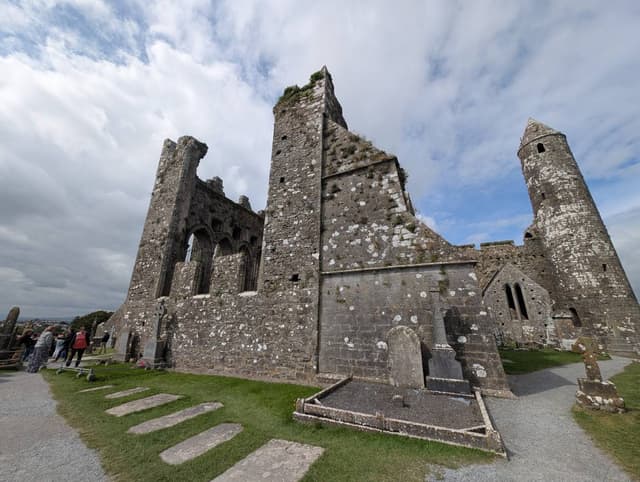
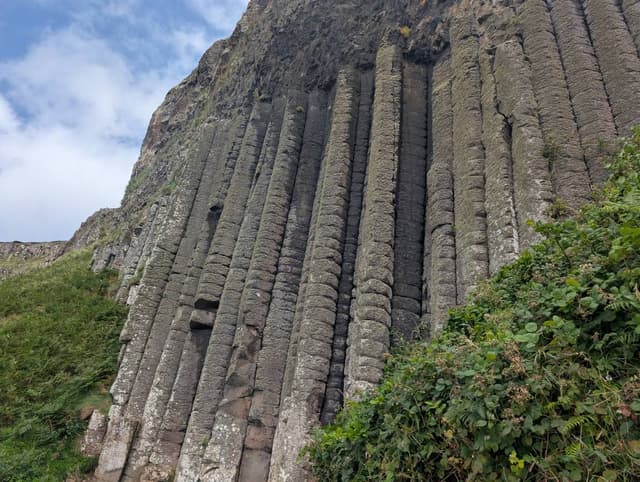
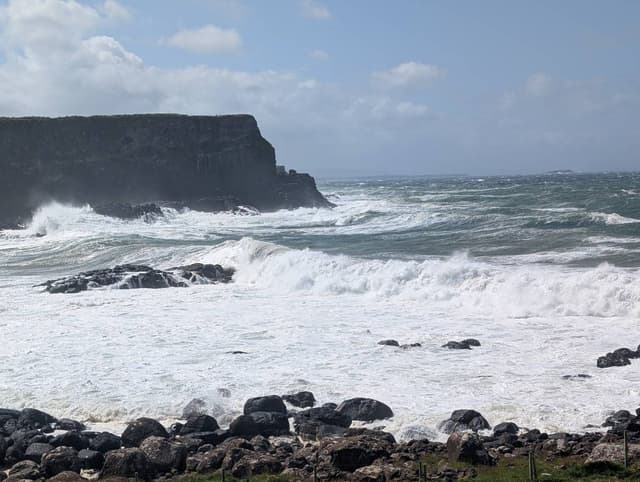
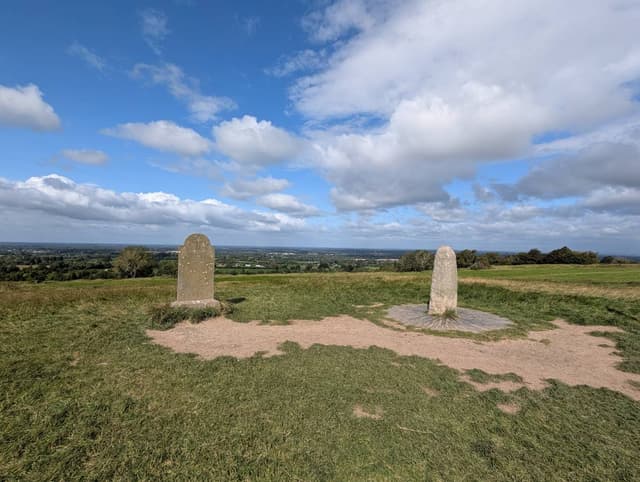
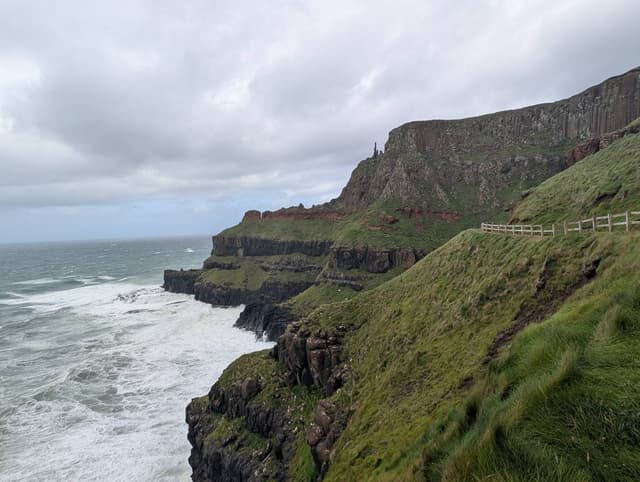


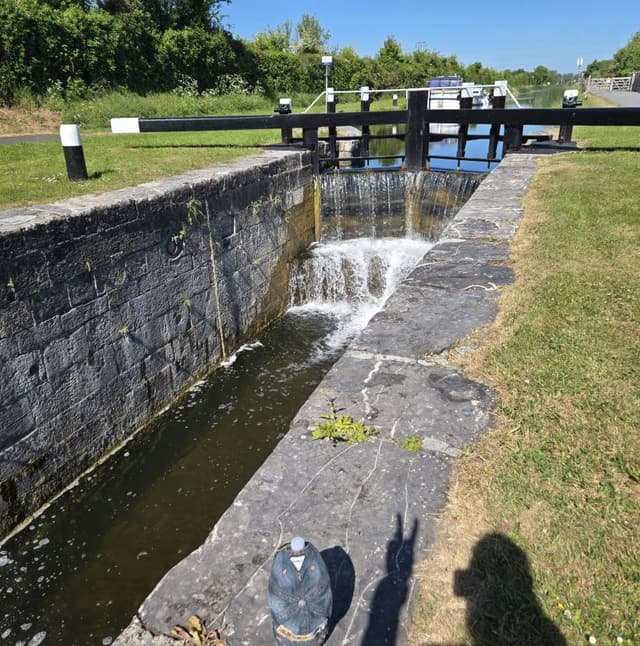
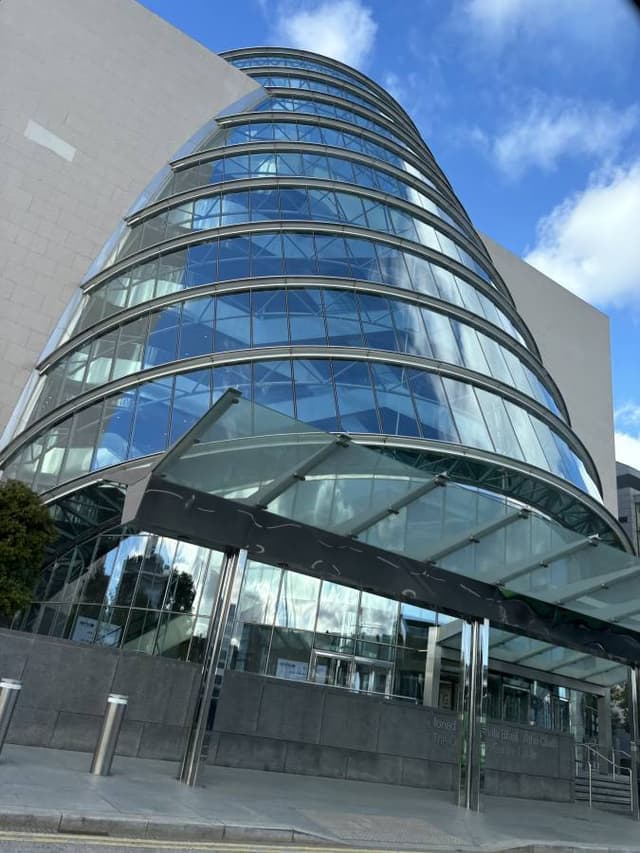
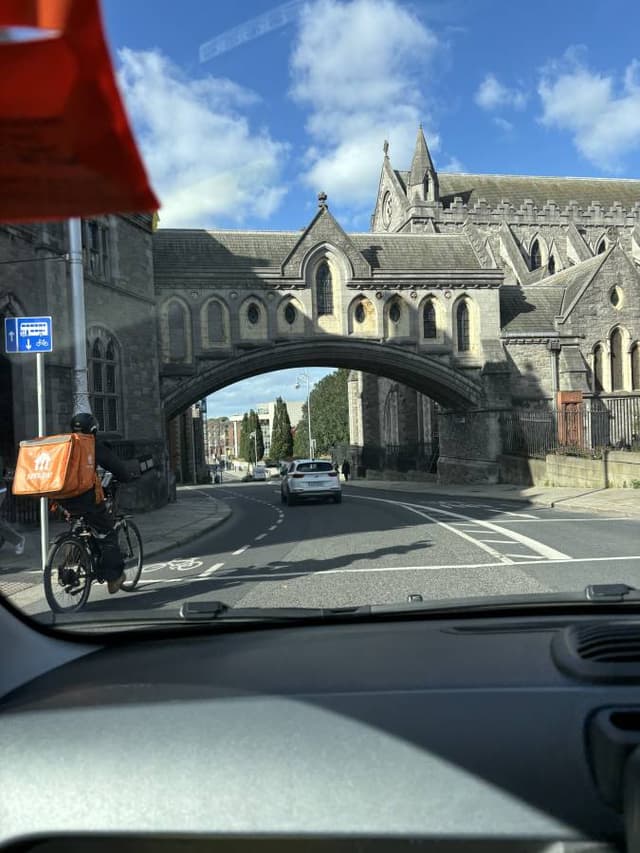
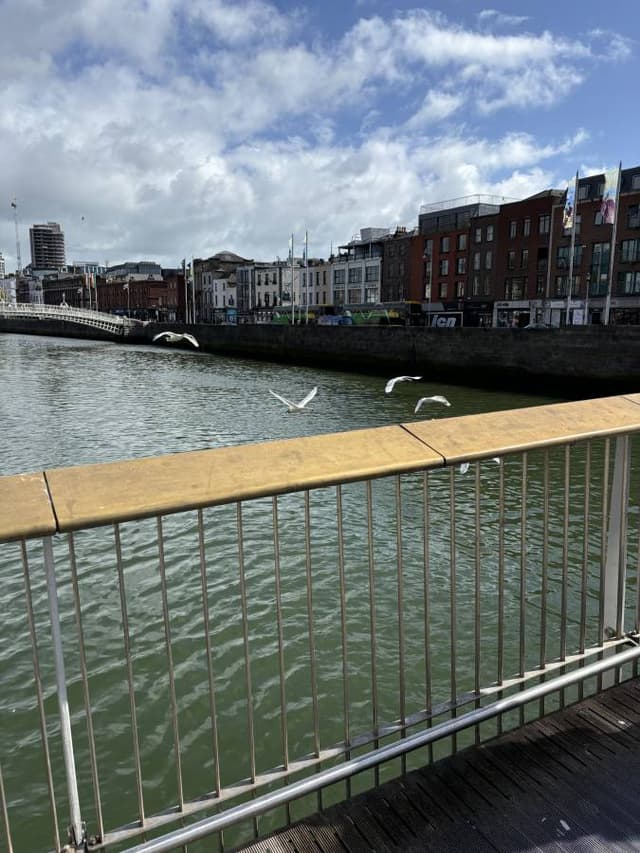
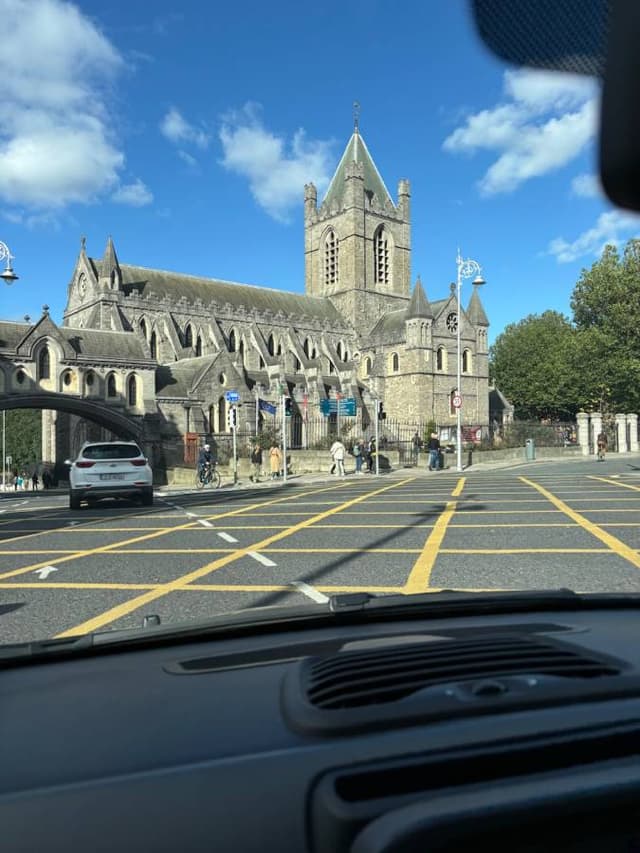
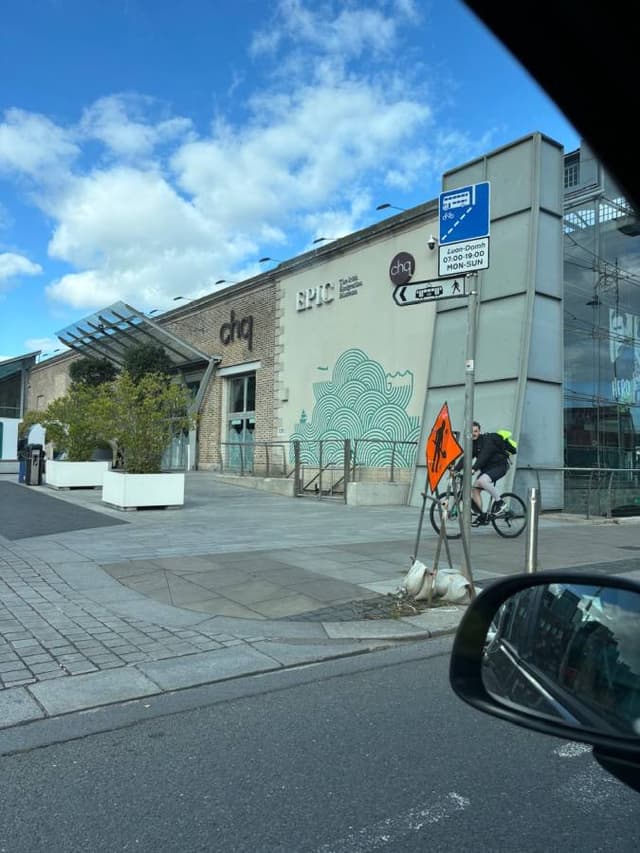
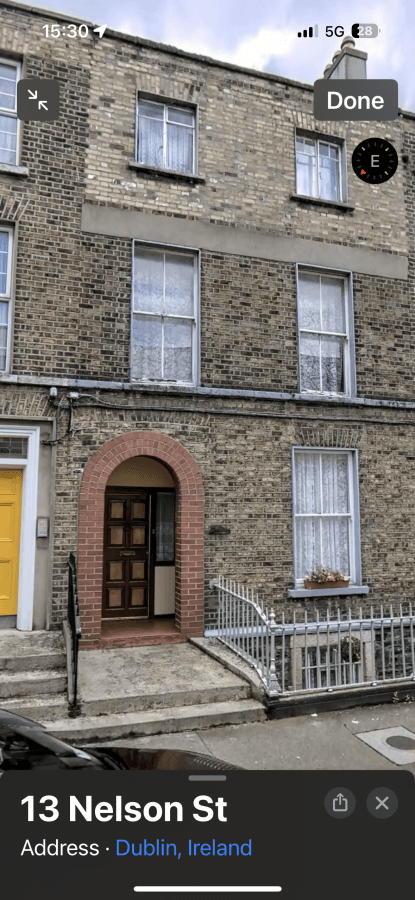

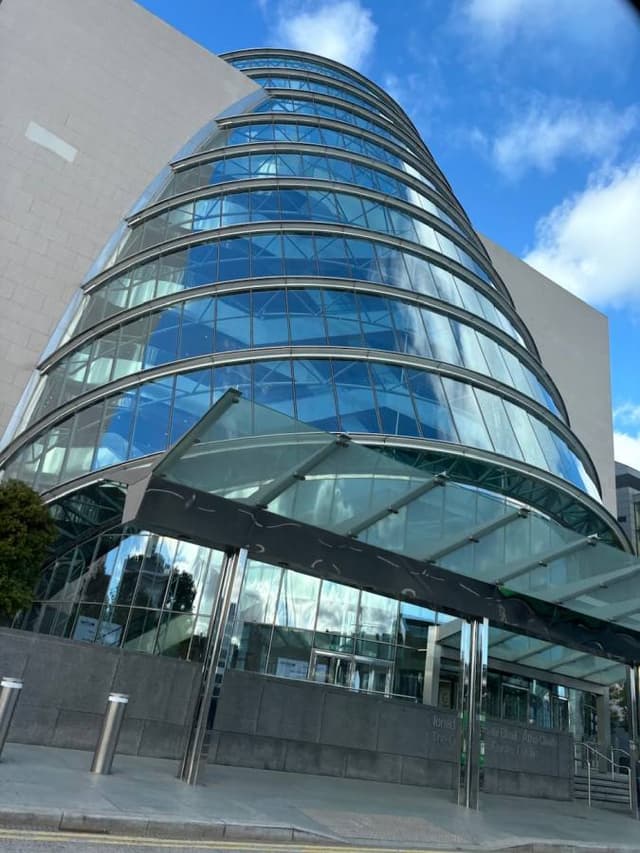
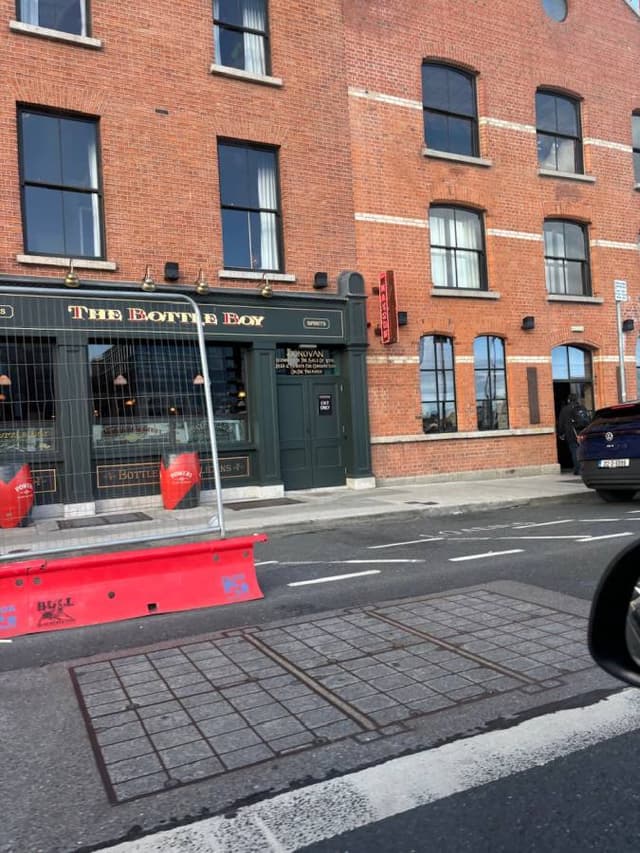
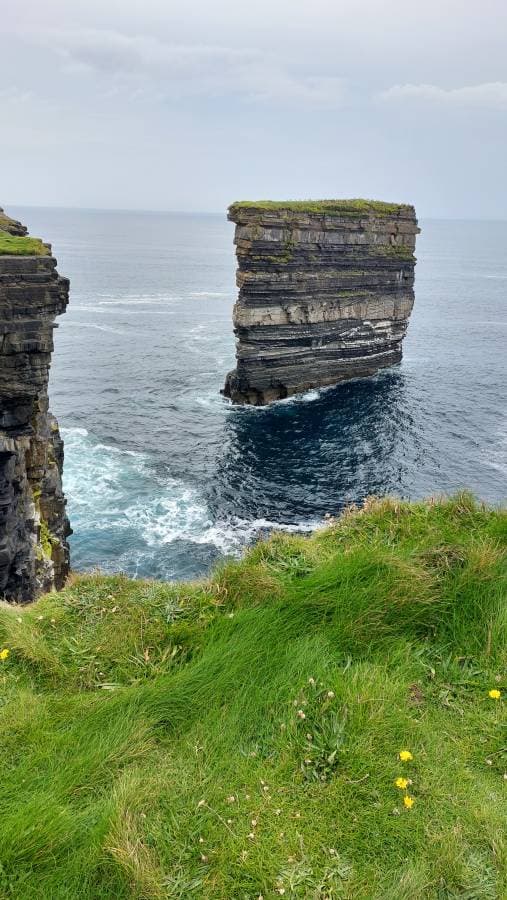

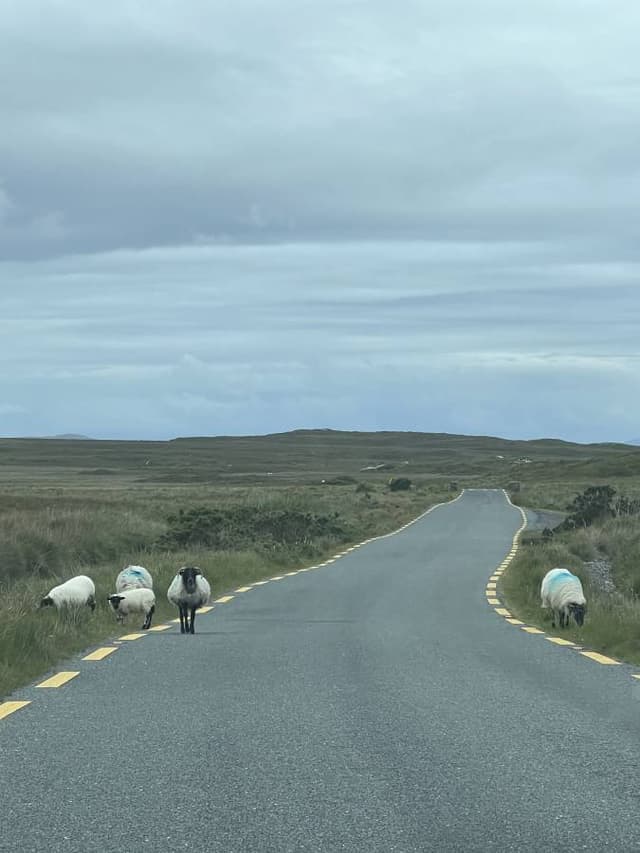

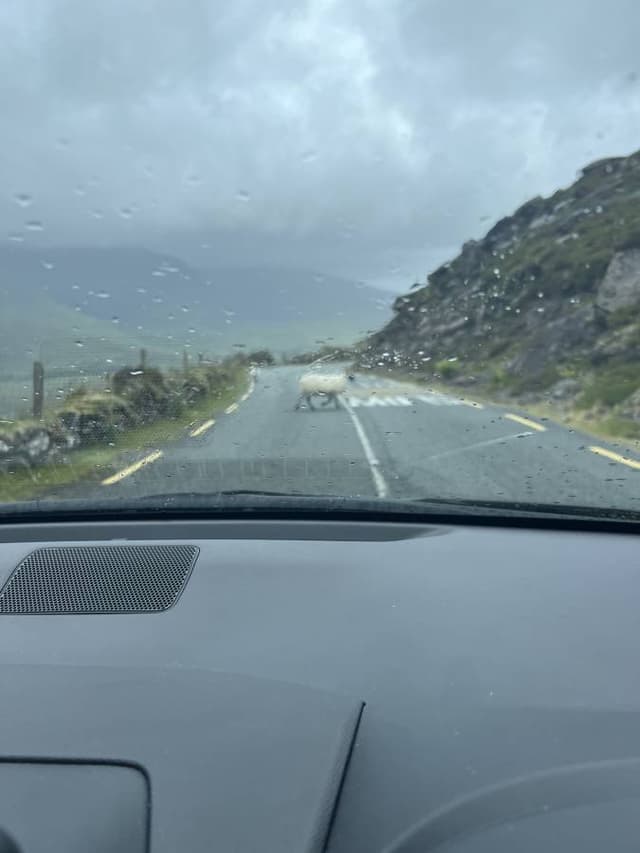
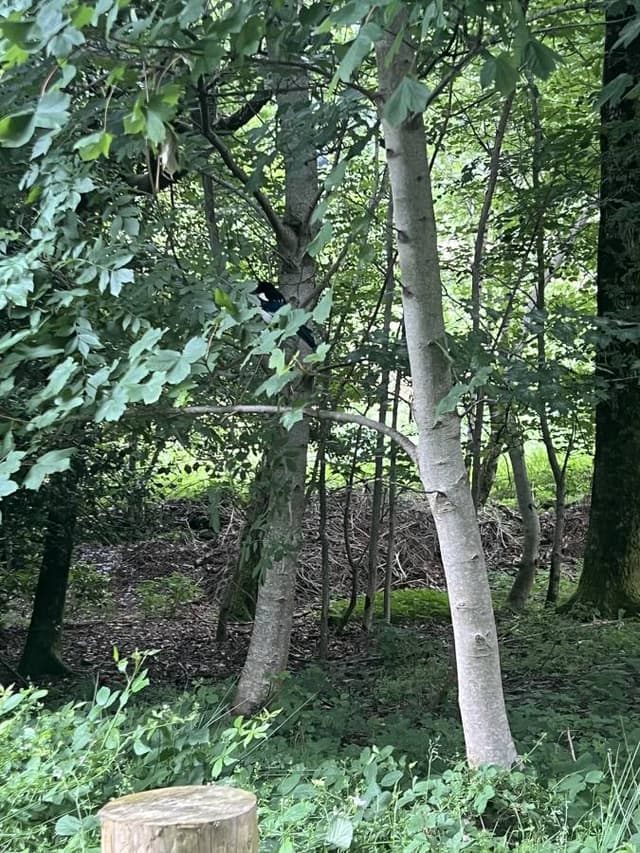
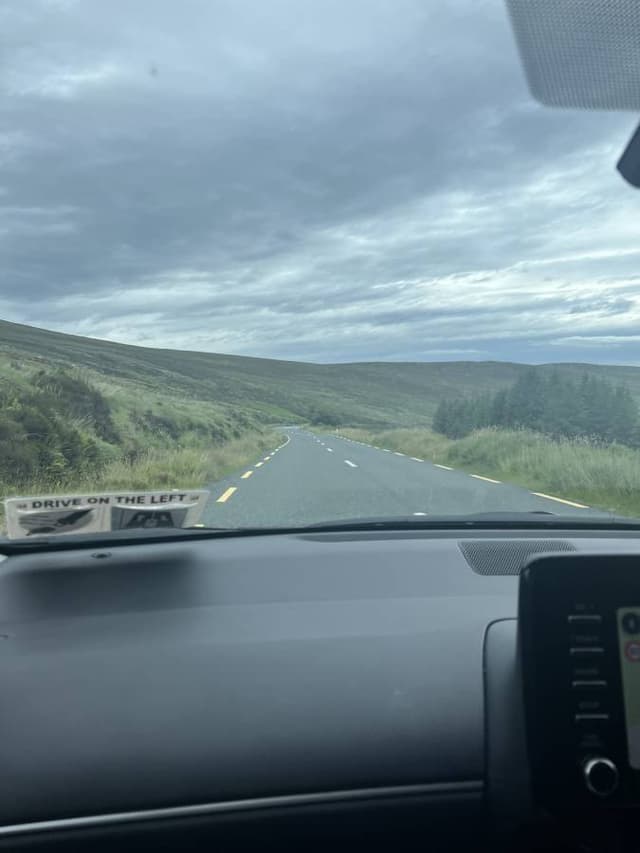
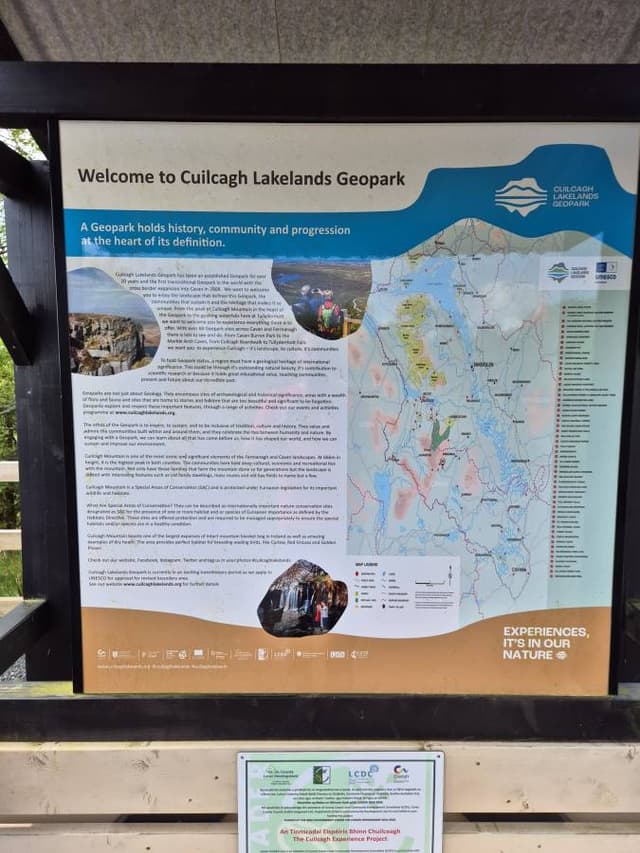
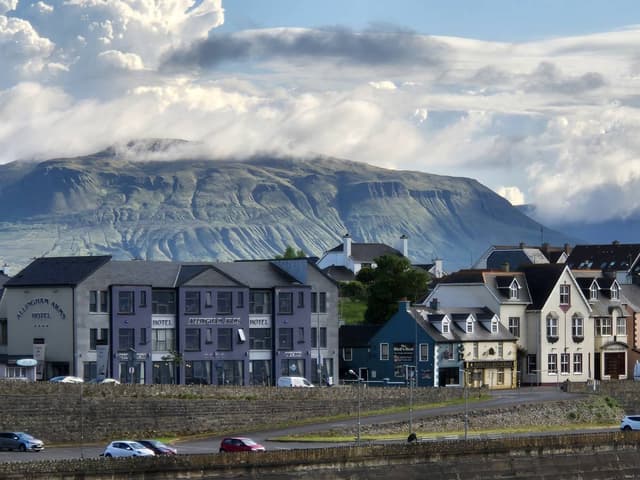
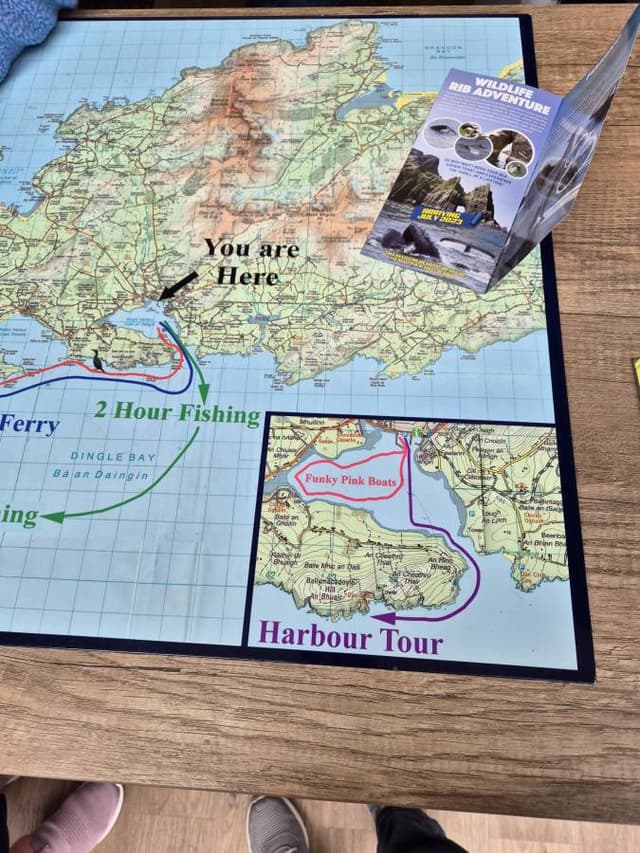

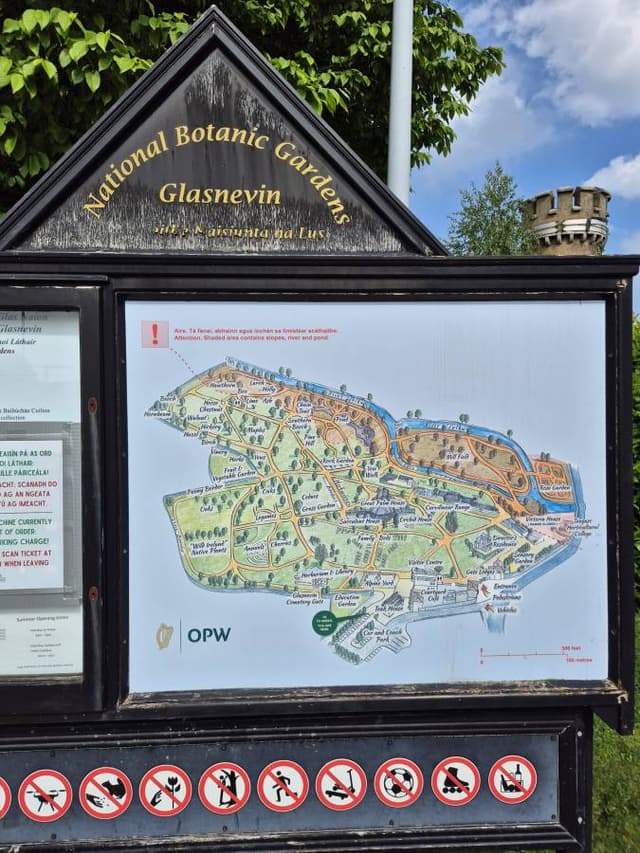
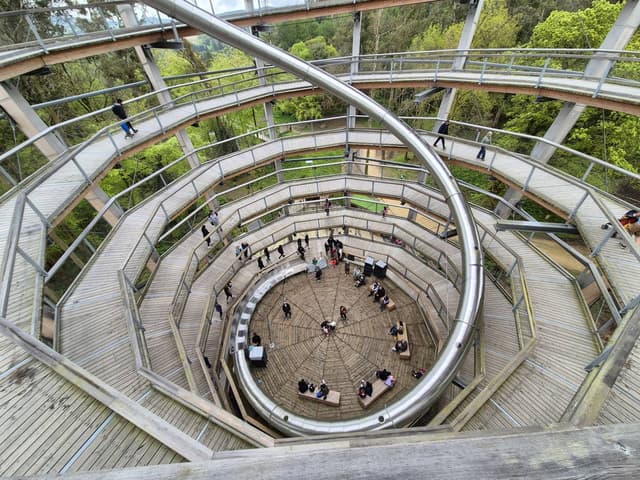
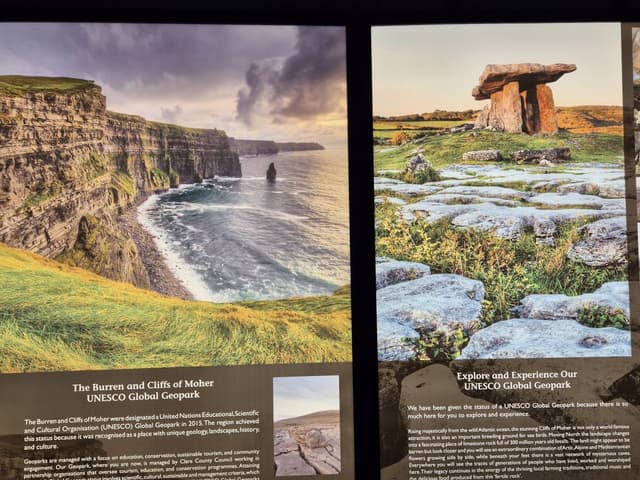
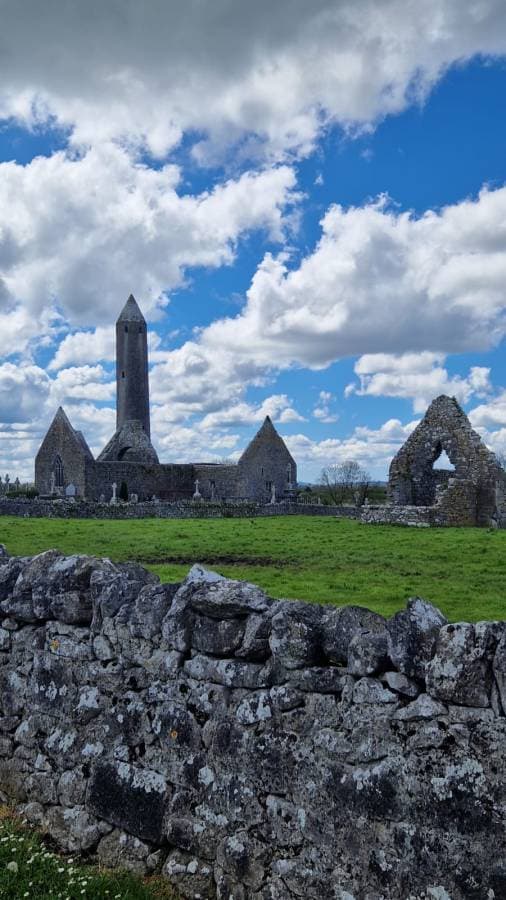
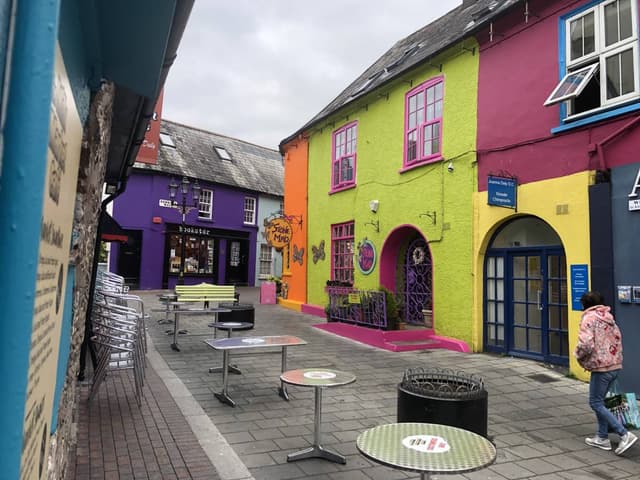
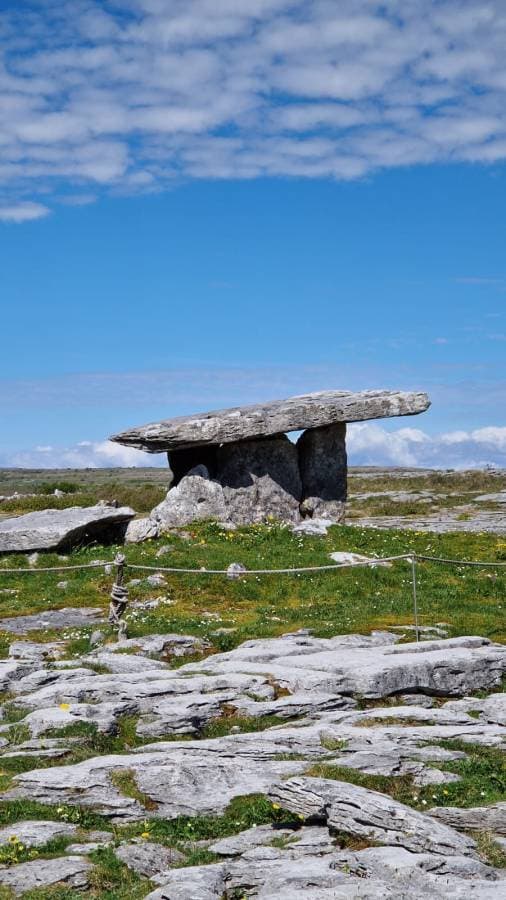
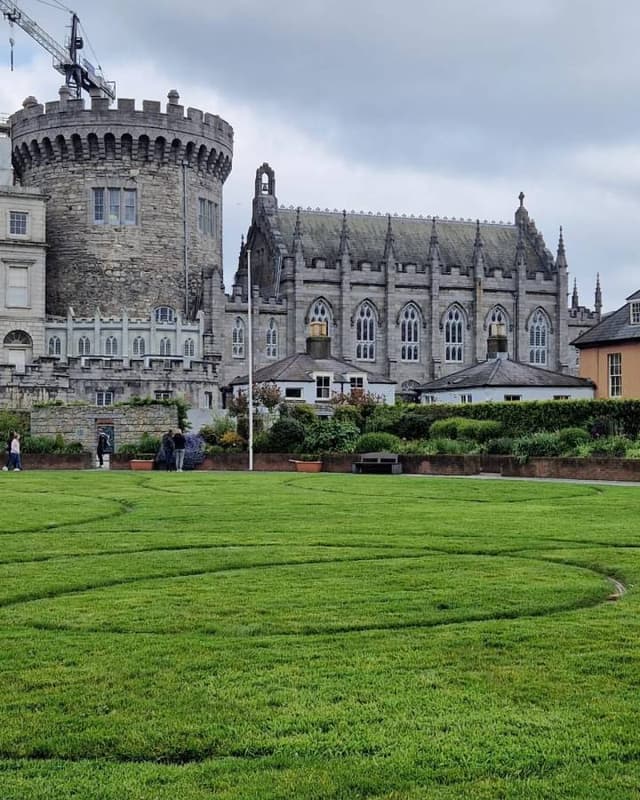
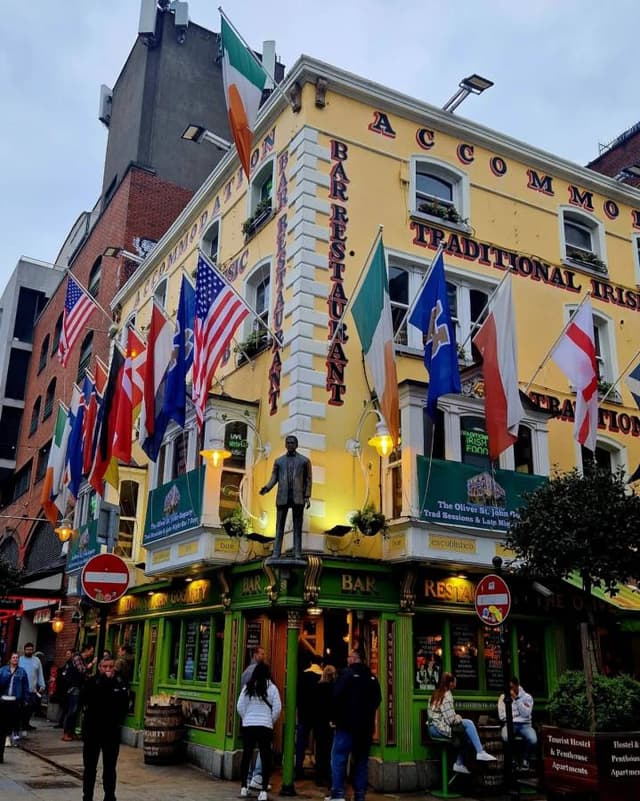
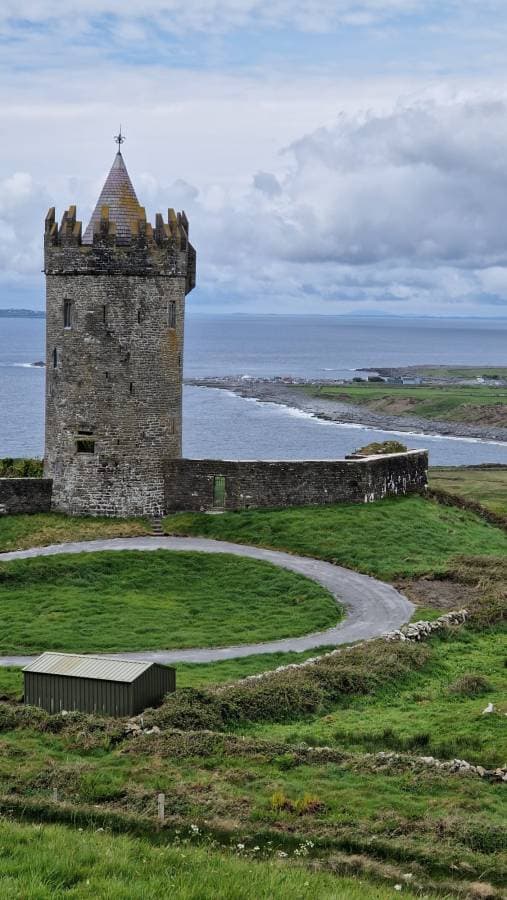
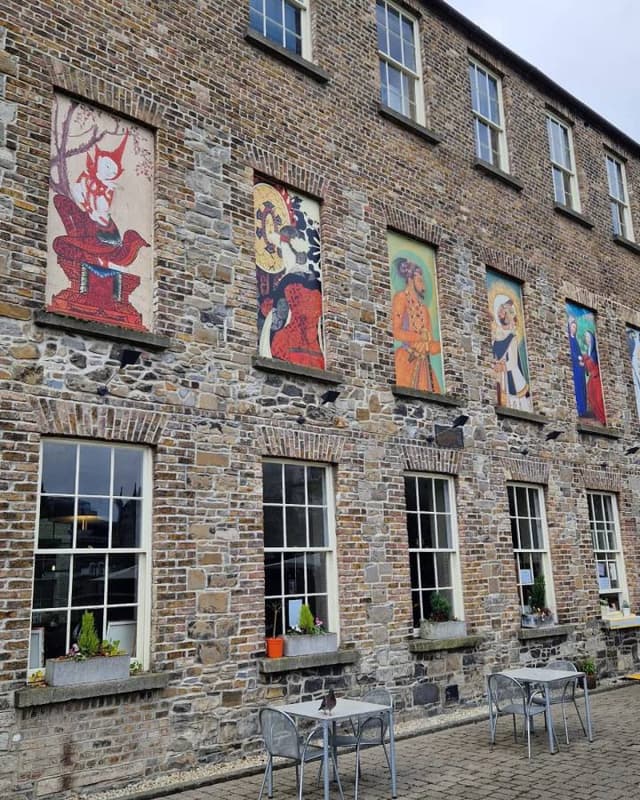
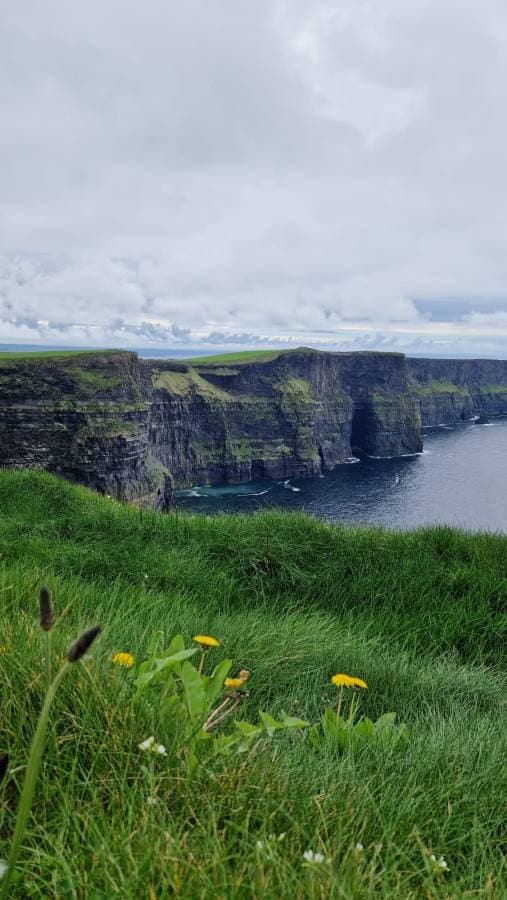
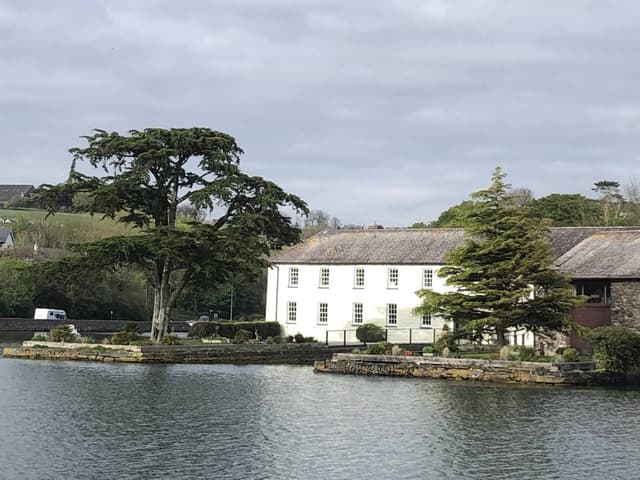
Car rental statistics
Top 14 suppliers in Dublin in 2025














Award-winning service
Highly recommended by our customers
Save even more with our mobile app

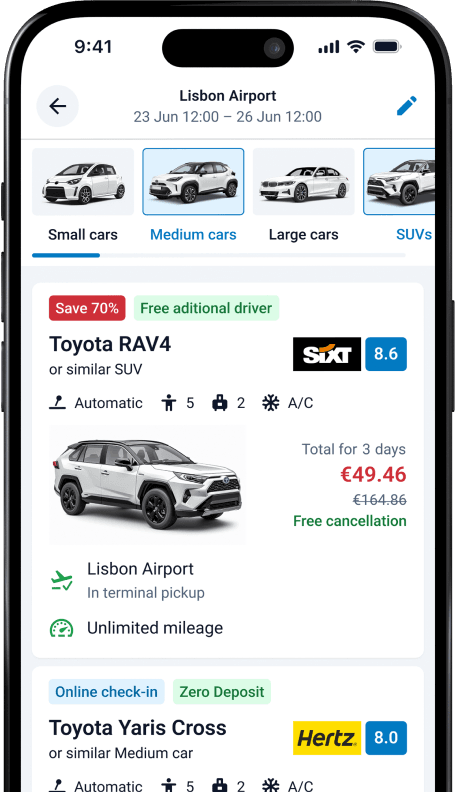
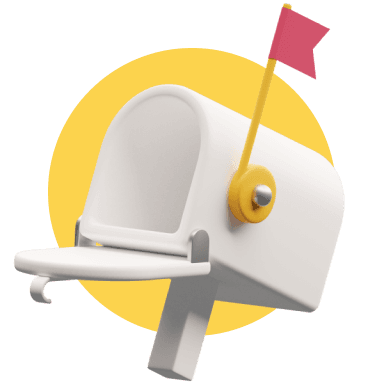
Sign up for our newsletter


